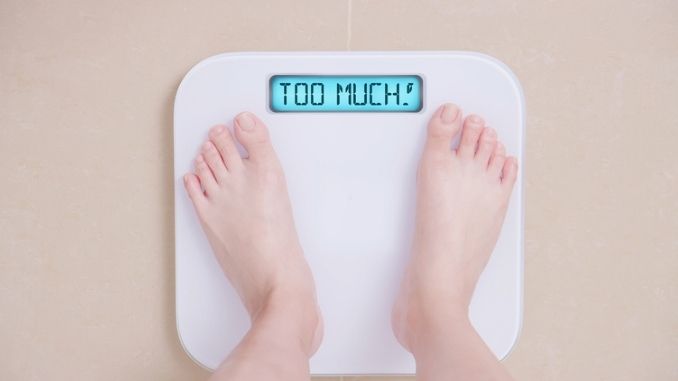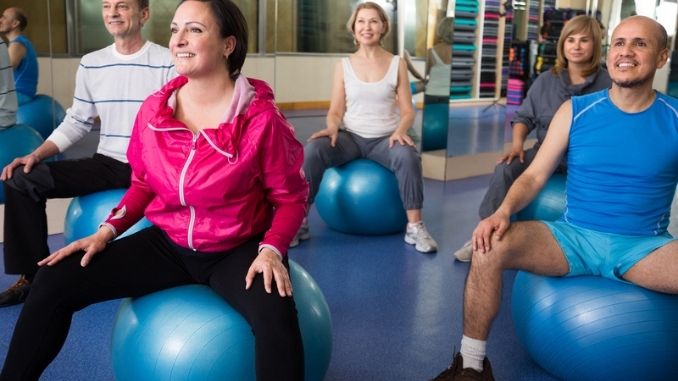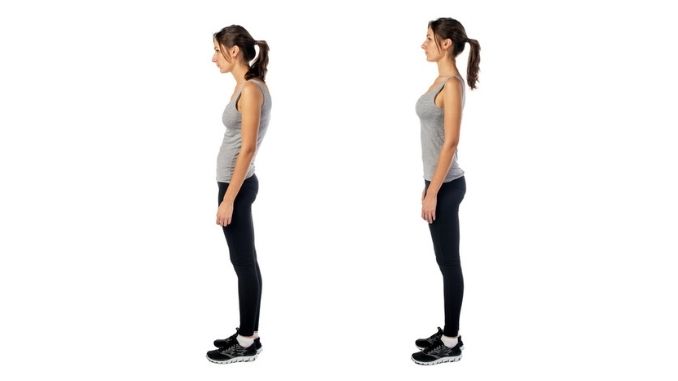Joint injuries can significantly impact the quality of your day-to-day life, so it is essential to do what you can to help protect your joints, lessen strain, and boost joint function. Although you cannot completely avoid developing conditions like osteoarthritis, rheumatoid arthritis, or other joint injuries, you can still take proactive steps toward protecting your joints. Below we have shared some top tips for maintaining healthy joints.
1. Maintain a Healthy Weight
Excess pounds increase pressure and stress on your joints, causing joint pain and inflammation in any weight-bearing joints. This excess weight can also exacerbate cartilage damage and worsen your arthritis. Studies have shown that being just 10 pounds, overweight places an extra 30 – 40 pounds of pressure on your joints as you walk. Managing your weight is one of the best ways to protect your joints from harm.
2. Stay Active
Staying as mobile as possible aids in living healthier and stronger and supports mental health. If you are recovering from an injury and doing strenuous exercise is prohibited, remember that it is vital to keep moving. Focus on activities that help you maintain mobility, flexibility, strength, and balance. For example, even taking out the trash requires you to lift some weight and walk a few steps.
Regular exercise helps increase your joints’ range of motion. Physical activity encourages joint fluid circulation, which in turn allows for smoother bone movement. It also increases blood circulation, which provides nourishment and oxygen to the joints. Exercise also aids in weight management, improves posture, and strengthens the joints’ muscles, ligaments, and tendons. Strong supporting tissues act as joint reinforcements. Low-impact exercises such as swimming, cycling, stretching, and walking are great options for maintaining healthy joints. To help decrease the chances of any activity-related joint injuries, you observe the following recommendations:
Always Do Warm-Up and Cooldown Exercises
Warm-up exercises help prepare your body for activity by ensuring blood flow and oxygen supply to the muscles and joints. Cooldown exercises help ensure that muscles and joints do not seize up post-exercise.
Wear Proper Footwear
Using the right shoes with adequate support can help protect your feet by absorbing impact.
Practice Proper Form and Technique
Focusing on proper form ensures that you don’t place undue stress on your joints. It also helps you avoid muscle strains and tears.
Vary Your Workout by Alternating Between Muscle Groups
Varying your exercise adds variety and decreases your chances of injury by allowing rest to specific joints.
3. Rest and Don’t Over Do It
To gain strength and improve endurance, your muscles need to be challenged. However, doing too much activity can lead to joint injuries. It’s essential to listen to your body and not push yourself too hard. Rest is also vital to maintaining good physical health, allowing your body to recover and repair itself. Rest allows for tissue healing, muscle growth, and restoring energy levels.
4. Maintain Good Posture
Poor posture can affect your body alignment, leading to joint dysfunction, pain, degeneration, and muscle imbalances. Evaluate how you sit, stand, and perform daily activities. Most of the time, it’s easy to get distracted by whatever task you are doing, so you don’t recognize when your posture is incorrect. Ensuring your body is aligned can alleviate muscle fatigue and strain and help keep your joints well-lubricated and healthy. You can maintain good posture by being more mindful of your body alignment, doing regular exercise, stretching, and observing proper work ergonomics.
A. When Sitting:
- Take short breaks. Stand up and walk around frequently.
- Perform gentle stretching exercises.
- Keep both feet on the floor and refrain from crossing your legs. Use a footrest if needed.
- Avoid rounded shoulders by maintaining relaxed shoulders.
- Fully support your back. Use a lumbar cushion or back pillow if needed.
- Your thighs and hips should be supported and should parallel to the floor.
B. When Standing:
- Stand tall with your head at the center and your chin up.
- Make sure to bear weight on the balls of your feet.
- Lightly draw your stomach in.
- Slightly bend your knees.
- Stand with your feet shoulder-width apart.
- Your arms should hang by your sides naturally.
- Avoid prolonged static standing. Sit down or move around.
C. When Sleeping:
- Use a pillow to support your forehead if you sleep on your stomach in a prone position. It will help keep your head and spine in a neutral position.
- Sleeping on your back (Supine position) can help keep your head, neck, and spine in a neutral place. However, consider avoiding this position if you suffer from low back pain.
- If you sleep on your side, place a pillow between your lower legs to maintain better alignment in your hips. Note that sleeping on your side can lead to shoulder pain and stiffness.
- If you sleep in a fetal position, be mindful, as this position may leave you with joint pain and stiffness.
 5. Maintain a Healthy Diet
5. Maintain a Healthy Diet
Maintaining a healthy diet helps support a healthy weight and provides adequate nutrients to the joints. Some foods can lead to joint pain and inflammation, while others are known for their anti-inflammatory qualities. Fueling your body with the right foods is integral to supporting healthy joints. Drinking eight or more glasses of water daily can also help keep your joints lubricated.
- Foods high in antioxidants help fight cartilage and joint tissue oxidative damage. These foods include butternut squash, strawberries, raspberries, blueberries, and turmeric.
- Foods that are high in healthy omega-3 fatty acids are natural anti-inflammatories. This includes walnuts, flaxseeds, cod liver oil, and oysters.
- Foods with anti-inflammatory properties include whole grains, tart cherries, green/ black tea, avocado, pineapple, onion, garlic, and spinach.
Looking for ways to maintain your healthy joints today can have long-term benefits in the future. Healthy joints are essential for staying mobile and active. They can also help improve balance and decrease falls, allowing you to preserve your independence for years to come. There is no better time to invest in your joint health.
Discover an excellent stretching routine that loosens your tight muscles and protects your joints. Click here for more information.



 5. Maintain a Healthy Diet
5. Maintain a Healthy Diet 





